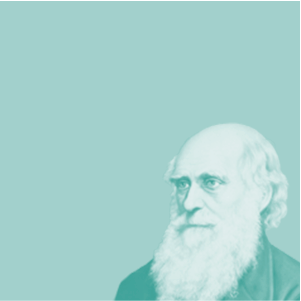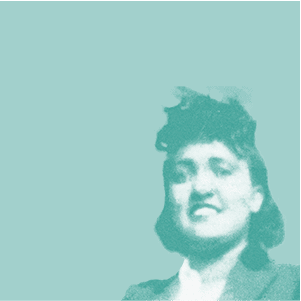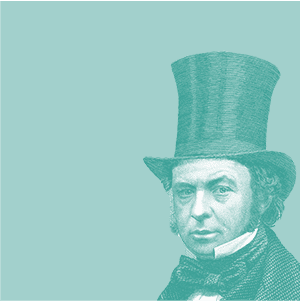Rosalind Franklin
25 July 1920 – 16 April 1958
Rosalind Elsie Franklin was an English chemist and X-ray crystallographer whose work was central to the understanding of the molecular structures of DNA, RNA, viruses, coal and graphite.
Graduating from Newnham College, Cambridge, with a degree in physical chemistry, Franklin’s fellowship to conduct further research at Cambridge was overshadowed by the advance of World War II. She served as a London air raid warden and eventually gave up her fellowship to work for the British Coal Utilisation Research Association, where she investigated the physical chemistry of carbon and coal for the war effort.
Franklin joined the Biophysical Laboratory at King’s College, London in 1951 and started her studies of DNA. Her work to make clearer X-ray patterns of DNA molecules, including the infamous ’photo 51’, laid the foundation for James Watson and Francis Crick’s 1953 DNA model revealing the double-helix polymer structure of DNA. Franklin’s research remained at King’s College when she moved to Birkbeck College in 1953. It was here that she began work on the structure of the tobacco mosaic virus and continued her work on coal and DNA.
Franklin passed away in 1958, just as her career was peaking. Her contributions to the discovery of the structure of DNA were largely unrecognised during her life so she has been posthumously referred to as the “dark lady of DNA” and the “forgotten heroine”. In fact, Crick’s acknowledgment of Franklin’s critical contribution to the DNA model, which earned him a Nobel prize, only came after her death.








